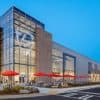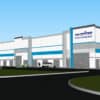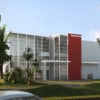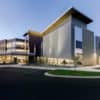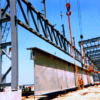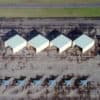Owners have to balance a variety of concerns when developing a new building – including sustainability. It can seem like meaningful sustainability has to come at the expense of either aesthetics or budget. With pre-engineered metal buildings (PEMBs), though, owners can meet or even exceed sustainability goals, while keeping costs down and designs intact.
What Sustainability Means for Buildings
Sustainability goals are increasingly a necessary part of any building project. These can range from defined standards like LEED or WELL v.2 to criteria for different project aspects: materials, construction, experience and duration of use, and possibilities for long-term re-use.
Why Sustainability Matters
Well-designed buildings can be the key to solving many issues, including affordable housing, climate change, access to healthcare, and data security. However, buildings themselves can create environmental issues:
- They contribute 39% of global energy-related carbon emissions (28% from energy needed to operate them and 11% from materials and construction).
- They are responsible for 40% of the world’s energy consumption.
- They use 15% of the world’s fresh water.
It’s no surprise that sustainability continues to be prioritized in building design and construction. To meaningfully address environmental crises, sustainability has to be part of a project’s entire lifecycle.
Meeting Building Code Requirements
Project sustainability goals are most often dictated by municipal, state, and federal building codes. Across the globe, cities are enacting more stringent code provisions that require new construction projects to meet quantifiable sustainability measures. The most recent example of this is New York City’s Local Law 97, which, among other things, requires new buildings over 25,000 square feet to not exceed certain emissions and greenhouse gas limitations.
Even when sustainability isn’t required, project owners can voluntarily establish their own goals. This can be driven by an owner’s business values, environmental awareness, or reputational concerns.
Maintaining a Competitive Edge
Achieving sustainability goals can give buildings a competitive edge in the marketplace. Commercial tenants, residential tenants, retail customers and service clients all recognize the positive impacts of sustainable buildings. For owners whose revenue streams depend on owner occupancy, LEED or WELL v.2 certifications can create a significant advantage.
Sustainable Materials
PEMBs are not always the first solution that comes to mind when thinking about sustainability, but they should be. Everything from their raw materials to fabrication to end use is innately sustainable.
BlueScope pre-engineered metal buildings, or more appropriately, precision-engineered buildings are fabricated from steel, which is 100% recyclable. Unlike other materials, steel can be melted down and re-used an infinite number of times. This means that neither the material nor energy used to manufacture steel is ever wasted. BlueScope uses 20-75% scrap steel when manufacturing new steel, further contributing to sustainability.
Reduced Energy Consumption
For projects to be sustainable, reduced energy consumption is important both in the construction process itself and in how the building operates once in use. PEMBs meet both tests. Because the construction of PEMBs is inherently efficient, there is minimal material waste – and less transportation is required because the materials have been streamlined. Additionally, the thermal insulation provided by PEMBs reduces the need for artificial heating and cooling. This not only reduces costs but also significantly contributes to sustainability goals.
Project Longevity
The longer a building’s life, the more sustainable it is. Designed to last for decades, PEMBs can also be expanded for future growth, so the original building can have a completely new life without needing to be demolished. If and when a PEMB does reach its end of life, the materials can be recycled for new use.
Examples of Sustainable Pre-Engineered Buildings
BlueScope Buildings and its industry-leading brands Butler Manufacturing and Varco Pruden have decades of experience working with owners to develop sustainable, design-forward buildings. These are only a few select examples of what’s possible with BlueScope.
Lundberg Family Farms Administration Center
Lundberg Family Farms is a multi-generational company focused on organic and sustainably produced food products. The company’s 28,000-square-foot Administration Center incorporates recycled materials and delivers high insulation values without compromising on design.
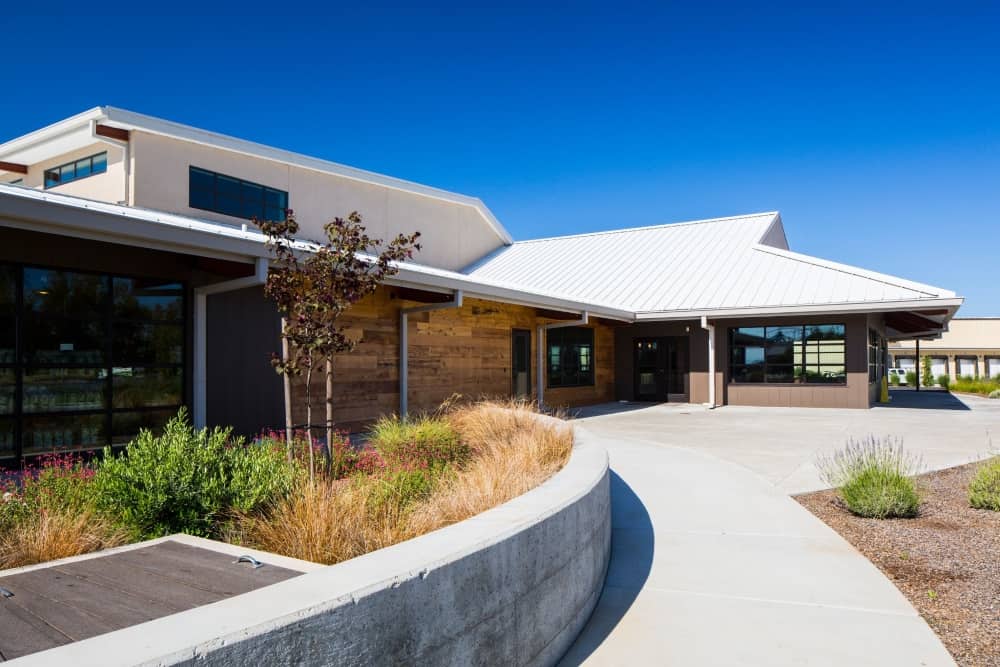 The owners considered many alternatives before selecting a pre-engineered metal building from Butler Manufacturing, a BlueScope company. When the owners compared the costs and benefits of other “sustainable” options like passive design, a Butler building was the clear winner. Not only could the Administration Center be constructed efficiently and sustainably, but the building would be almost entirely recyclable at the end of its lifecycle.
The owners considered many alternatives before selecting a pre-engineered metal building from Butler Manufacturing, a BlueScope company. When the owners compared the costs and benefits of other “sustainable” options like passive design, a Butler building was the clear winner. Not only could the Administration Center be constructed efficiently and sustainably, but the building would be almost entirely recyclable at the end of its lifecycle.
The Administration Center was built to LEED® standards but not formally certified. Designed to consolidate all business functions under one roof, the Administration Center features clerestory windows that reduce the need for artificial lighting. The exterior cladding is fabricated from reclaimed materials and adds insulation and weather resistance. The white finish on the standing-seam roof system reflects sunlight to lower roof temperatures and reduce the need for artificial cooling. The high insulation value (R-36 on the walls and R-48 on the roof system) further mitigates the need for both artificial cooling and heating.
Micro Matic Warehouse
As part of Denmark-based Micro Matic’s USA headquarters expansion, the company commissioned a new, 73,000-square-foot building near its original site. The company has a strong commitment to environmental protection and was determined to achieve LEED certification. By selecting a Butler building, they were able to meet their goals.
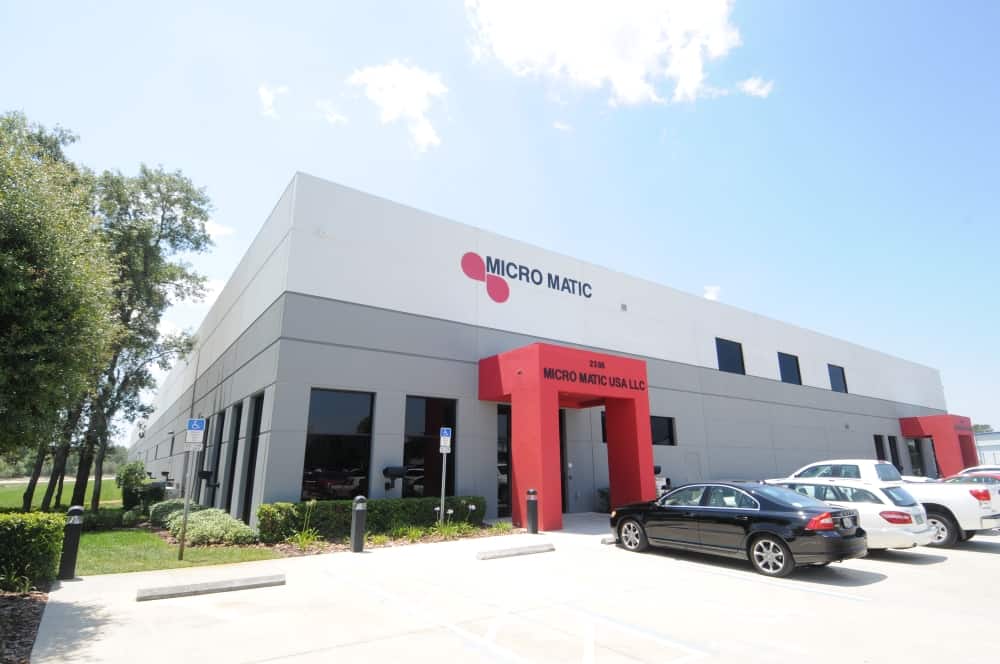 All manufacturing, including the amount of recycled content used, was documented to support the LEED application. Construction waste recycling, efficient LED lighting, sunshades, and water-saving restroom fixtures also contributed to LEED certification.
All manufacturing, including the amount of recycled content used, was documented to support the LEED application. Construction waste recycling, efficient LED lighting, sunshades, and water-saving restroom fixtures also contributed to LEED certification.
Perhaps most importantly given the building’s Florida location, the roof system and wall systems create a tight envelope that controls energy leakage and maintains a comfortable interior environment. The MR-24® roof system includes nine inches of insulation, attaining an R-30 energy rating. The walls include six inches of insulation. Post-completion modeling indicates that the Micro Matic facility will perform 25% better in energy usage than comparable buildings – without sacrificing the aesthetic design.
The sustainability features don’t end with construction. The facility is designed and built so it can easily be expanded to twice its current size as the company continues growing.
Bentley University Arena
Bentley University Arena is the first standalone ice arena in the country to receive LEED Platinum certification. A prime example of sustainable design and energy efficiency, the Arena has received a Hall of Fame award from Varco Pruden, a BlueScope company.
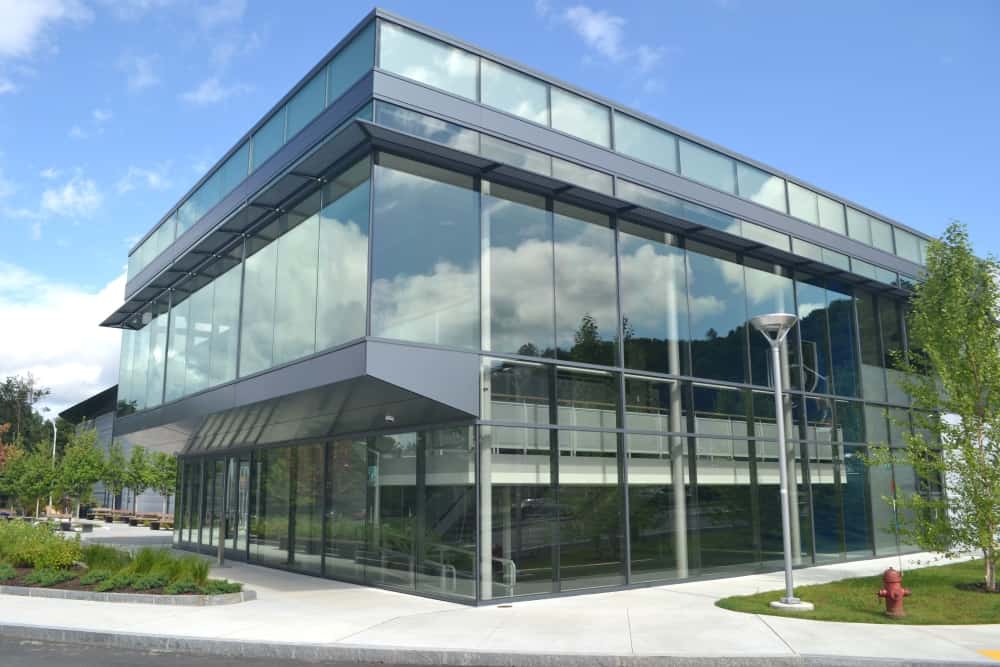 The Arena houses the ice rink for Bentley University’s Division I hockey program, along with a sports medicine center and facilities for student activities, academic projects, alumni events, and conferences. It can seat 1,917 for hockey games, with an expansion capacity of 3,626 seats for other events.
The Arena houses the ice rink for Bentley University’s Division I hockey program, along with a sports medicine center and facilities for student activities, academic projects, alumni events, and conferences. It can seat 1,917 for hockey games, with an expansion capacity of 3,626 seats for other events.
A metal building framing shell with open web Truss Beams provides unobstructed, column-free interior space. This allows ductwork to pass between the webs and supports the pre-engineered metal building end walls. Continuous Beam columns control the clearances for the arena mezzanine.
Discover How Pre-Engineered Metal Buildings Can Help You Achieve Project Sustainability Goals
BlueScope Buildings is the leader for smart solutions in steel, empowering our construction partners to deliver exceptional outcomes in the built environment. BlueScope Buildings’ industry-leading brands, Butler Manufacturing and Varco Pruden, offer end-to-end, environmentally responsible precision-engineered building solutions that owners and end-users can feel good about.
Ready to explore sustainable options for your next project? Gain inspiration from recent projects completed by our brands’ exclusive partner network of builders.



